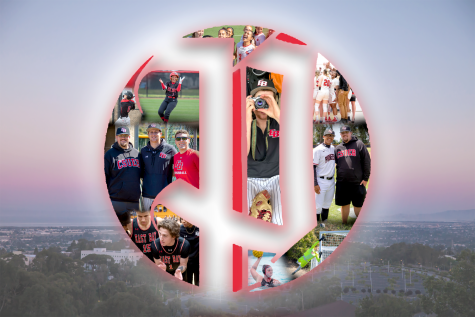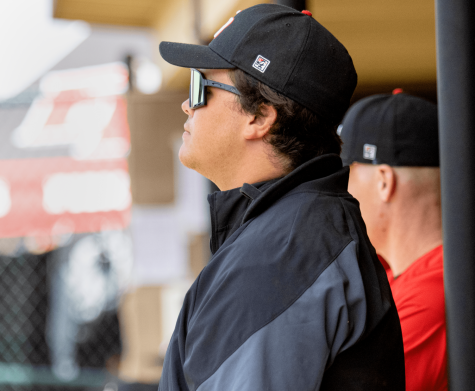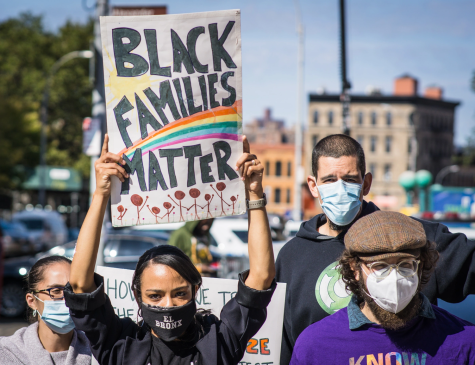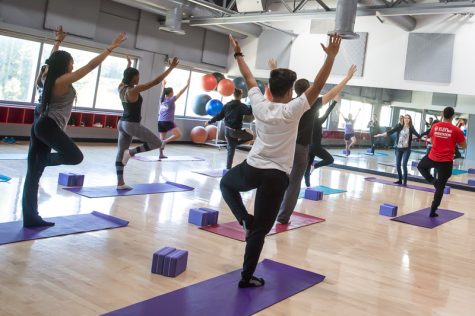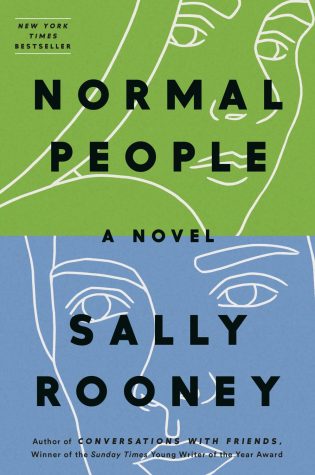Living with autism: Life today and the question of tomorrow
April 23, 2015
It’s rare for me to be asked what it’s like to live with autism, mostly because I rarely mention the fact. But I do live with it. I was diagnosed in third grade but my parents were aware that I was different by the time I was three, which is when the traits become obvious to my parents and childcare providers. April may be Autism Awareness Month, but for me having autism is a constant state of being.
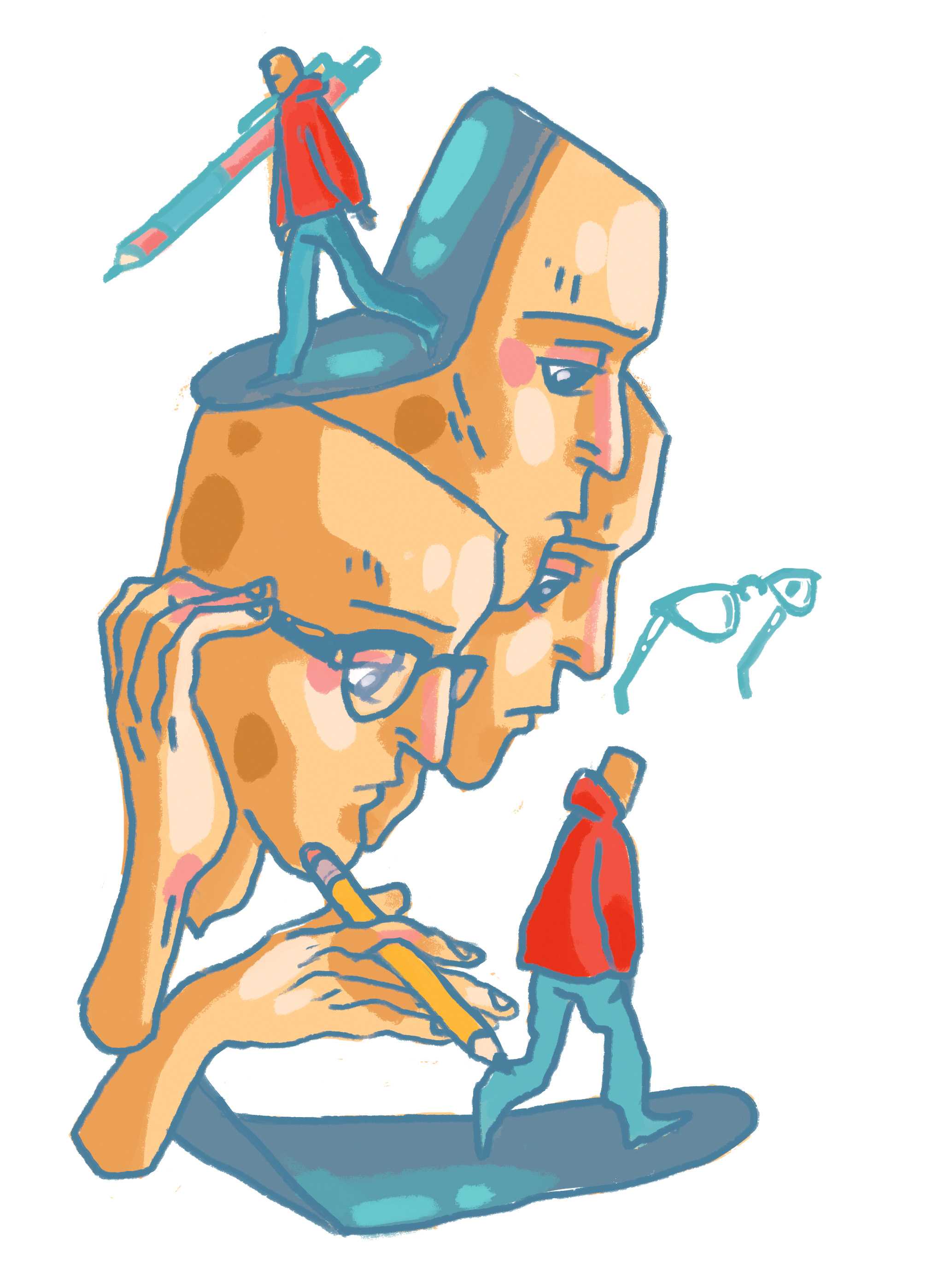
Here’s what autism is like: imagine that after taking a few years of high school Spanish classes, you take a trip to Spain and start talking with a local. You quickly find out that communicating with the local is not as easy as you thought. As long as the subject is kept simple or on familiar topics, you feel confident in your ability to fit in but as soon as the conversation turns to more subtle or specialized topics, you become nervous and it is easy to begin stuttering and stumbling over your words.
You look down at your feet rather than the eyes of the person you’re talking to. In the end, even if the other person is perfectly accepting of your fumbles, you feel embarrassed, like you’ve made a total fool of yourself.
This, more or less, is what its like to be me. I do things that I know other people find odd.
I’m obsessed with symmetry: if I step on any cracks in the sidewalk with my left foot, I feel a need to step on an equal number of cracks with my right foot. When I’m not in class, I take a walk along the same route every hour.
I constantly have a need to do things with my hands, like spinning pens or fiddling with my glasses. I often have a desire to get up and pace. While I don’t always act on these feelings, the desire to do so never really goes away, like an itch that you can’t scratch. I have bad habits like a wandering attention span and a tendency toward unhealthy eating.
Students with autism at CSU East Bay are lucky as far as resources go. Like other college campuses, it has an Accessibility Services center that serves students with learning disabilities by offering accommodations such as extra time on tests, testing rooms with minimal distractions and hiring note-takers for classes.
It is also home to the College Link Program, a program created for the explicit purpose of helping students on the autism spectrum get through college.
It does so with coaches that help in academic subjects and independent living matters and, in collaboration with the Communicative Science Disorders department, has created a “Conversation Club” for students to learn social skills.
While I am glad for what CSU East Bay has, I am worried about what the future holds, for others and myself.
Far more attention is paid to children with autism than adults. Of the 23,281 peer-reviewed English language articles on autism available through Academic Search Complete, 911 of them have research focused on adults, compared to 8,697 articles with research focused on children instead.
Similarly, there are far more programs focused on helping individuals with autism who are children rather than adolescents or adults.
This often leaves individuals with autism unprepared for the differences between the more structured high school experience and the more freeform college experience. Students are often not used to taking the initiative in seeking help from the administration.
Looking forward, I want adults on the autism spectrum to have support and research like children with autism do. What I want is a future that I, and others like me, can look forward to. But that future doesn’t look like it will come within the next few years. What kind of support can my fellows and I expect? Will I be able to avoid falling into my bad habits when my support lessens?
I don’t have the answers, and that worries me.








